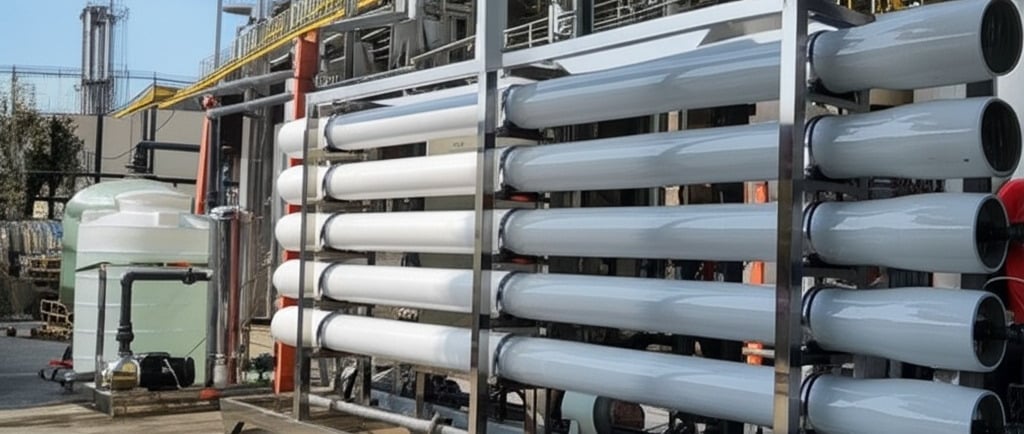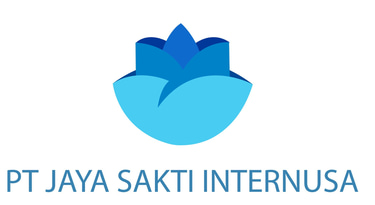Water Controller Monitoring: Real-Time Solutions for Industries


Water is at the heart of industrial operations, serving as a vital resource for manufacturing, cooling, cleaning, and maintaining environmental compliance. With industries consuming significant volumes of water every day, monitoring how it is used and treated has become a critical factor for sustainability and efficiency. This is where water controller monitoring systems come into play. By providing real-time insights, these solutions empower industries to track, adjust, and optimize their water use, ensuring not only cost savings but also compliance with international environmental standards.
Companies like PT Jaya Sakti Internusa are helping businesses implement cutting-edge monitoring technologies, making water management smarter and more sustainable. This article explores the importance of water controller monitoring, its role in real-time operations, and the long-term benefits it brings to industries.
Why Real-Time Water Monitoring Matters
Industrial water management is a complex process involving multiple stages—intake, treatment, distribution, and discharge. Without accurate monitoring, inefficiencies often go unnoticed, leading to wasted resources, increased costs, and potential environmental violations. Real-time monitoring systems help solve these issues by delivering instant data about water flow, pressure, quality, and consumption.
For industries, the difference between manual checks and automated monitoring is profound. While traditional approaches may rely on periodic testing, real-time systems provide continuous insights, enabling operators to make immediate decisions. This level of visibility is essential in industries like food processing, pharmaceuticals, power generation, and petrochemicals, where water quality and availability directly impact productivity.
The U.S. Geological Survey (USGS) highlights that real-time water data improves decision-making and supports sustainable resource allocation, especially in sectors with high water dependency. This proves that monitoring is not just a technical enhancement but also a strategic necessity for long-term water security.
Key Features of Water Controller Monitoring Systems
Modern water controller monitoring systems are more than just measuring devices—they are intelligent platforms designed to integrate seamlessly with industrial operations. One of the most important features is continuous data logging, which records information around the clock. This ensures that even small fluctuations are detected and addressed before they cause larger issues.
Another crucial capability is remote access. Through web dashboards or mobile applications, managers can monitor water systems across multiple facilities without being physically present. This flexibility allows faster responses and greater operational efficiency.
In addition, many systems incorporate smart alerts and predictive analytics. These tools notify operators of irregularities such as leaks, excessive usage, or declining quality, helping prevent costly downtime. Predictive functions go a step further by forecasting potential issues based on historical trends, allowing industries to plan maintenance proactively rather than reactively.
Collectively, these features make water controller monitoring a cornerstone of smart industrial management, aligning with global sustainability goals while ensuring efficient operations.
Benefits of Real-Time Monitoring for Industries
Implementing real-time monitoring systems offers industries tangible and measurable benefits. One of the most obvious is cost reduction. By identifying leaks, unnecessary usage, or inefficiencies, companies can significantly lower their water bills and reduce energy consumption linked to water processing.
Another benefit is regulatory compliance. Industries often face strict environmental regulations regarding water use and wastewater discharge. With automated monitoring, businesses can easily generate reports that prove compliance with local and international standards, avoiding legal penalties and building trust with stakeholders.
Thirdly, real-time systems enhance sustainability efforts. By using water more efficiently, industries reduce their environmental footprint, conserve natural resources, and support broader global initiatives such as the United Nations’ Sustainable Development Goals. This also improves a company’s reputation as an environmentally responsible organization.
Finally, improved operational reliability cannot be overlooked. When water supply and quality are consistently monitored, production processes run smoothly with fewer interruptions. This reliability translates into higher productivity and stronger business continuity.
Integration of Water Monitoring with Industrial IoT
The rise of the Industrial Internet of Things (IIoT) has transformed how industries manage their resources. Water controller monitoring systems are now part of interconnected networks, where data from sensors, pumps, and treatment units are combined for holistic oversight.
Through IIoT integration, water data can be synchronized with other operational metrics such as energy consumption and production output. This creates a unified platform where industries can optimize not just water usage, but the entire production cycle. Machine learning algorithms enhance this further by detecting patterns that humans might miss, leading to smarter decision-making.
Moreover, IIoT-enabled systems allow predictive maintenance. Instead of waiting for a pump or filter to fail, the system anticipates problems and alerts operators in advance. This reduces downtime, prevents costly repairs, and extends the lifespan of equipment.
With industries moving toward full digital transformation, integrating water monitoring into IIoT infrastructures ensures that water management is not left behind but becomes an active part of the efficiency equation.
PT Jaya Sakti Internusa and Real-Time Water Solutions
In Indonesia, industries are increasingly recognizing the need for smarter water management solutions. PT Jaya Sakti Internusa plays a pivotal role in this transformation by offering customized water treatment and monitoring systems designed to meet international standards.
The company understands that every industry has unique requirements, whether in terms of water quality, consumption levels, or compliance regulations. By providing tailored solutions, PT Jaya Sakti Internusa ensures that businesses not only adopt advanced technologies but also integrate them seamlessly into their operations.
Beyond technology, the company also emphasizes ongoing support and maintenance, ensuring that monitoring systems remain reliable over time. This holistic approach allows industries to maximize their investment while staying aligned with global sustainability goals.
Challenges and Future Trends in Water Monitoring
While water controller monitoring offers numerous benefits, industries may face challenges during implementation. High initial investment costs, integration with existing infrastructure, and the need for staff training are common barriers. However, these challenges are temporary compared to the long-term savings and efficiencies gained.
Looking ahead, the future of water monitoring lies in even greater automation and intelligence. AI-driven platforms will become standard, capable of self-correcting issues without human intervention. Satellite and drone technologies may also complement ground-based monitoring, offering macro-level insights into watershed health and industrial impact.
In addition, global regulations on water use are expected to become stricter. Industries that adopt monitoring systems early will be better prepared to adapt to evolving standards while maintaining competitiveness.
Ultimately, the combination of real-time data, predictive analytics, and international compliance will shape the next generation of water management.
Conclusion
Water controller monitoring is more than just a technical upgrade—it is a strategic solution for industries seeking efficiency, compliance, and sustainability. Real-time insights empower companies to optimize water use, prevent costly downtime, and contribute positively to global environmental goals.
By integrating with Industrial IoT and adopting predictive technologies, these systems are shaping the future of industrial water management. Organizations like PT Jaya Sakti Internusa are leading the way, ensuring that industries have access to innovative solutions backed by international standards.
In a world where water scarcity and environmental responsibility are pressing concerns, investing in smart monitoring systems is no longer optional—it is essential. Industries that embrace this transformation today will secure both operational success and environmental stewardship for the future.
